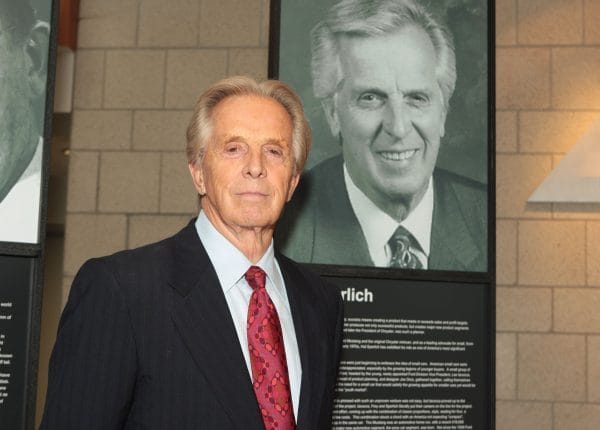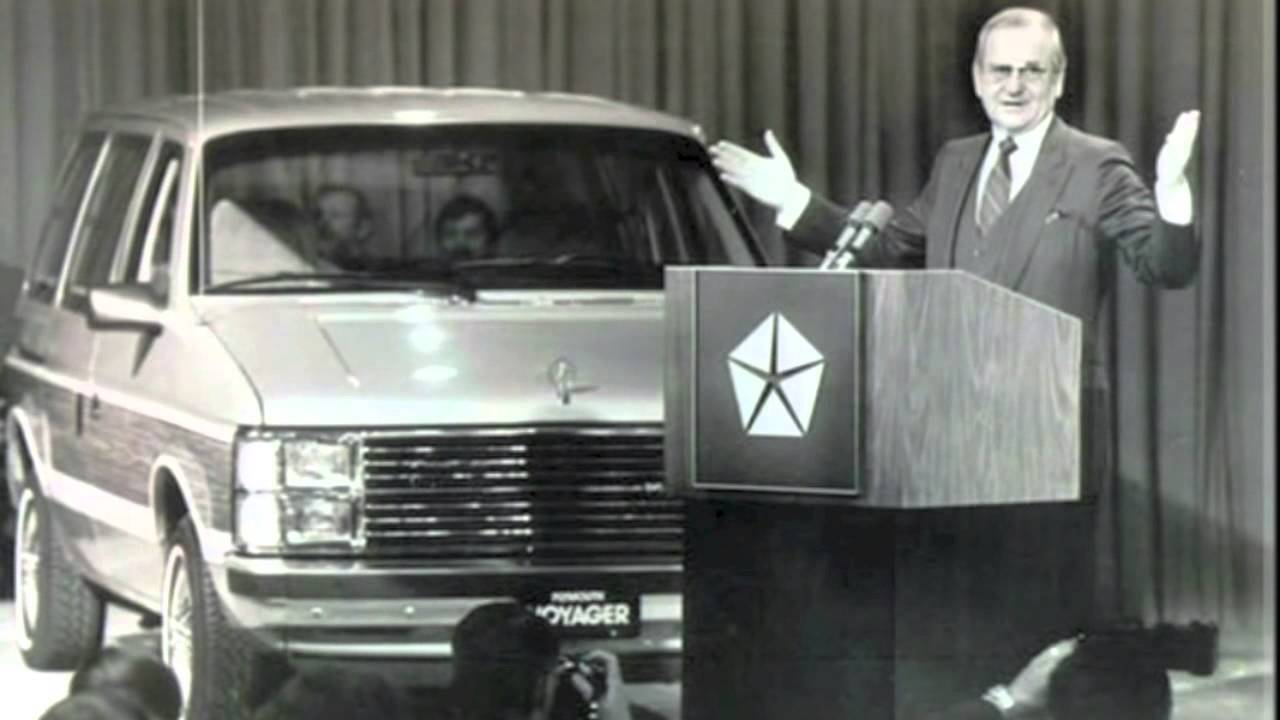- The Spark Check
- Posts
- Hal Sperlich, The Visionary Behind the Mustang and Minivan
Hal Sperlich, The Visionary Behind the Mustang and Minivan
A Legacy that will Live On

Motor Trend
Hal Sperlich, a name many may not immediately recognize, is responsible for some of the most influential and iconic vehicles in automotive history. His visionary contributions to the Ford Mustang and the Chrysler minivan reshaped the industry, leaving an undeniable legacy that has influenced both car culture and the way people think about transportation.
In the early 1960s, while at Ford, Sperlich and his colleague Lee Iacocca saw an opportunity to create a vehicle that would blend performance and style into something accessible for the average consumer. That vision gave birth to the Ford Mustang, a car that launched in 1964 and became an instant hit. With its sleek design, affordable price, and appeal to a broad range of buyers, the Mustang quickly became an automotive icon. It didn’t just capture the spirit of the era; it defined it, carving out the “pony car” segment that continues to thrive today.

Transforming Family Travel with the Minivan
After his time at Ford, Sperlich took his talents to Chrysler, where he turned his attention to the family vehicle market. The result was the minivan, a car that changed the way families thought about transportation. Before the minivan, family cars were typically large sedans or cumbersome station wagons. Sperlich, seeing the demand for something more practical and family-friendly, helped design a vehicle that was spacious, easy to drive, and versatile. In 1983, the Chrysler minivan was introduced, offering a new solution to family travel that would soon become a staple in households across America.
The minivan’s success was immediate. It offered families the space they needed for children, groceries, and gear, while still maintaining a driving experience that was much closer to that of a car than the bulky vans or trucks of the time. This breakthrough not only shaped Chrysler’s future but also created an entirely new category of vehicle—one that other automakers quickly followed suit with. Today, the minivan remains a go-to for families, and Sperlich’s work in this area continues to be recognized as a key moment in automotive history.
Hal Sperlich’s Influence on the Automotive Industry
Sperlich’s design philosophy was simple but effective: create vehicles that fit the needs and desires of everyday people. Whether he was designing the Mustang, which embodied youthful freedom, or the minivan, which prioritized practicality and comfort, Sperlich understood how to connect with consumers. His ability to anticipate the market’s needs and deliver designs that resonated with the public made him a key player in automotive innovation.
His work set the stage for much of the vehicle development that followed. The Ford Mustang's success helped define the American sports car, and the minivan’s introduction helped reshape family vehicles for decades. In an industry that was often focused on technological advancements or performance, Sperlich was one of the few designers who understood that the human side of car design was just as important. Cars were more than machines—they were part of people’s lives, memories, and experiences.

Legacy That Lasts
Today, the legacy of Hal Sperlich lives on in the vehicles we drive and the way we think about cars. The Ford Mustang is still one of the most iconic sports cars ever made, and the minivan remains a staple for family transportation. Sperlich’s vision didn’t just change the design of cars—it changed how they fit into our lives, making them not just tools for transportation, but symbols of freedom, practicality, and innovation.
As we look forward to the next generations of vehicles, it’s impossible not to recognize the profound impact Sperlich had on the automotive world. His designs were more than just cars—they were cultural touchstones, bringing something fresh and exciting to the market when it was needed most. Hal Sperlich’s influence will continue to be felt for years to come, and his contributions to the car community are an enduring part of automotive history.
Reply